Empower Every Voice in Fitness Discussions
Communicating Effectively with Individuals with Disabilities in Fitness Settings
To create an inclusive fitness environment, communicate effectively. Clear dialogue fosters understanding and empowerment, helping everyone reach fitness goals. This blog provides essential tips and benefits of effective communication, ensuring all individuals feel welcomed and supported.
Understanding the Importance of Communication
Effective communication builds trust and rapport. In fitness settings, clear communication makes everyone feel welcome and understood. Individuals with disabilities can participate confidently when they comprehend your instructions.
Active listening shows respect and understanding. It allows you to tailor your approach to meet each individual’s needs. Engaging actively creates a supportive environment where individuals feel valued and empowered.
Effective communication also breaks down barriers. Individuals with disabilities may struggle with complex instructions or physical movements. Open dialogue helps you identify specific needs and adjust your approach, enabling meaningful participation.
Tips for Effective Communication
Use Clear and Simple Language
Avoid jargon and complex terms that confuse individuals. Use straightforward language to describe exercises and routines. Short, concise sentences enhance understanding. For example, instead of saying, “Perform a plank for 30 seconds,” say, “Lie down on your stomach. Lift your body up until straight. Hold this position for 30 seconds.”
Check for understanding by asking questions. Use phrases like, “Do you understand how to do this?” or “Can you repeat the instructions back to me?” This practice ensures clarity and reinforces learning.
Be Mindful of Non-Verbal Cues
Non-verbal communication often speaks louder than words. Your body language, facial expressions, and gestures convey powerful messages. Maintain eye contact to show engagement. Use open body language to invite participation. For instance, keep your hands open instead of crossing your arms.
When demonstrating exercises, ensure your movements are clear and deliberate. Slow down as needed, so individuals can see you. Encourage questions for clarification. This approach fosters a collaborative atmosphere where individuals feel comfortable seeking assistance.
Adapt Your Communication Style
Every individual is unique, with different communication preferences. Some prefer verbal instructions, while others benefit from visual aids. Be flexible and ready to adapt your style. Using diagrams or videos can greatly benefit visual learners.
Consider tactile methods for individuals with visual impairments. Provide hands-on guidance when appropriate to help them understand movements. This variety ensures everyone feels included in their fitness journey.
Build Rapport and Trust
Invest time in building rapport with individuals. Show genuine interest in their experiences and challenges. Encourage open conversations to strengthen connections. By fostering trust, you enhance the overall fitness environment.
Conclusion
Effective communication creates an inclusive fitness environment. Utilize clear language, active listening, and adaptable communication styles. Foster rapport and trust to empower individuals with disabilities on their fitness journeys.
Below are related products based on this post:
FAQ
Why is effective communication important in fitness settings for individuals with disabilities?
Effective communication builds trust and rapport, making individuals with disabilities feel welcomed and understood. Clear dialogue fosters empowerment and confidence, allowing everyone to participate fully and reach their fitness goals.
What are some tips for using clear and simple language when instructing individuals with disabilities?
Use straightforward language and avoid jargon or complex terms. Short, concise sentences enhance understanding. Additionally, check for understanding by asking questions like, “Do you understand how to do this?” to ensure clarity and reinforce learning.
How can I adapt my communication style to better support individuals with different needs?
Be flexible in your communication approach by using verbal instructions, visual aids, and tactile methods when appropriate. Tailor your style to each individual’s preferences, such as using diagrams or hands-on guidance, to ensure that everyone feels included in their fitness journey.
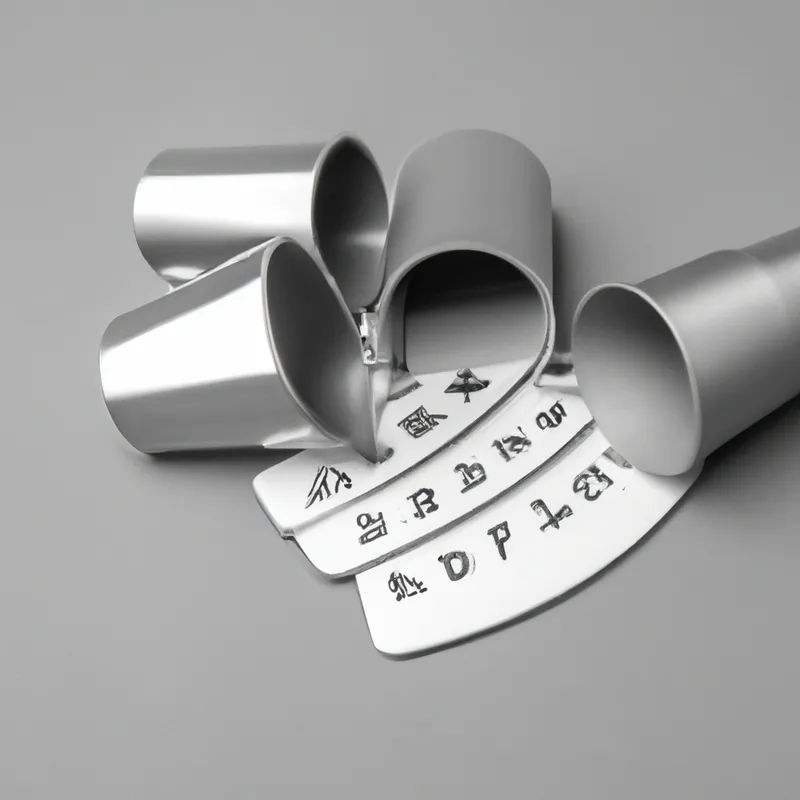






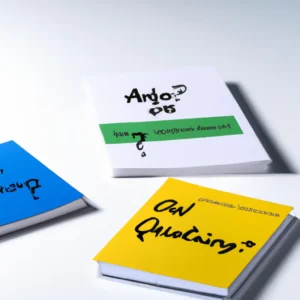
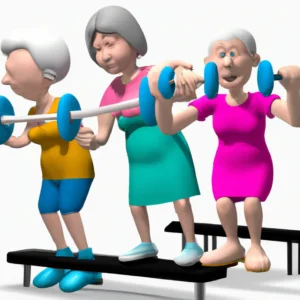


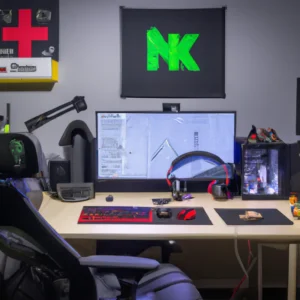
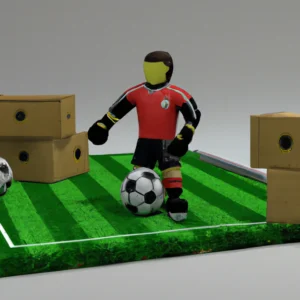
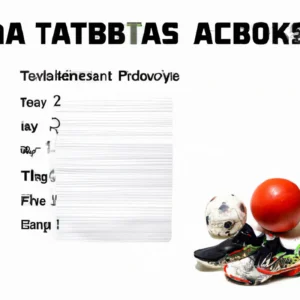

Post Comment